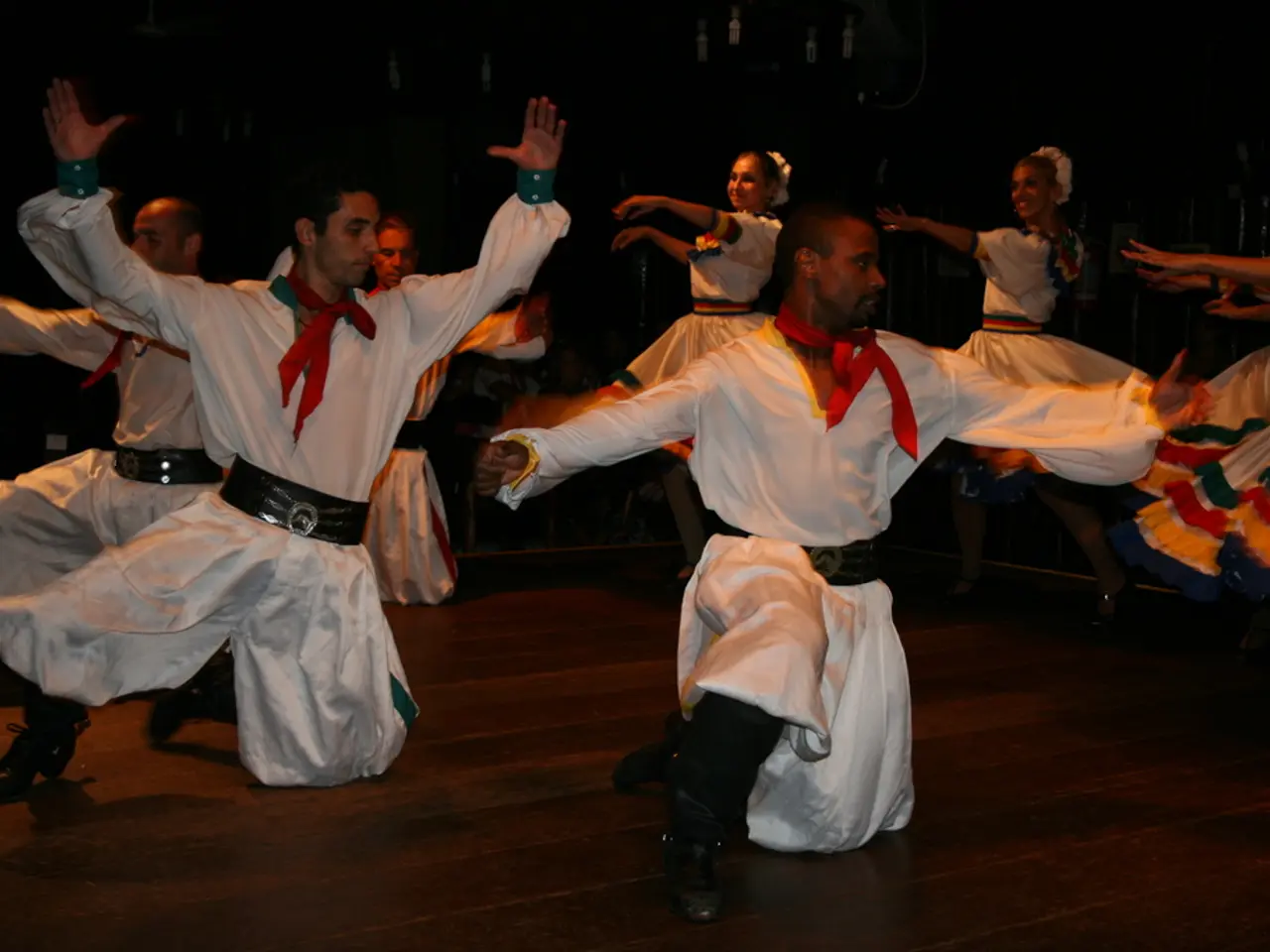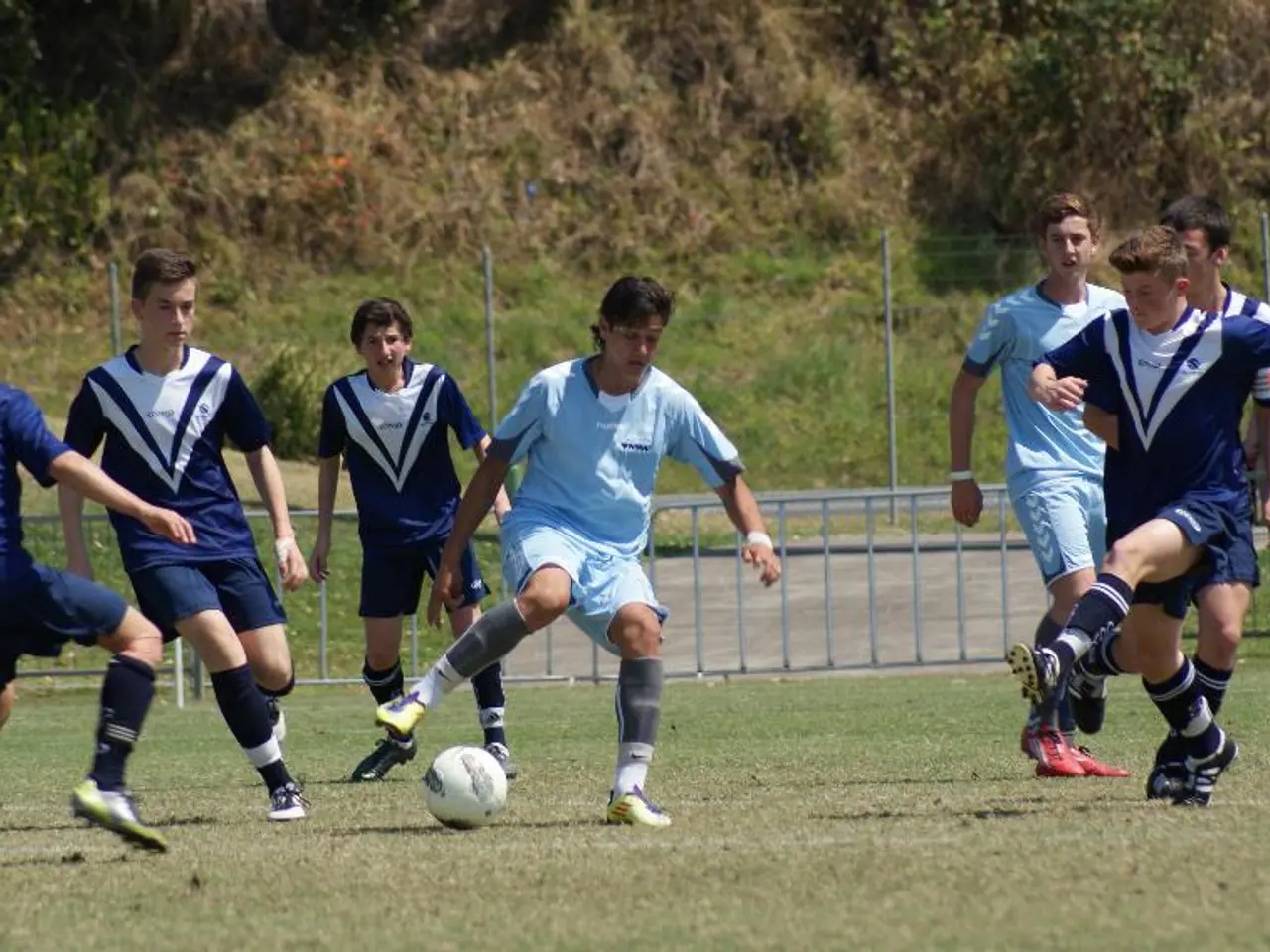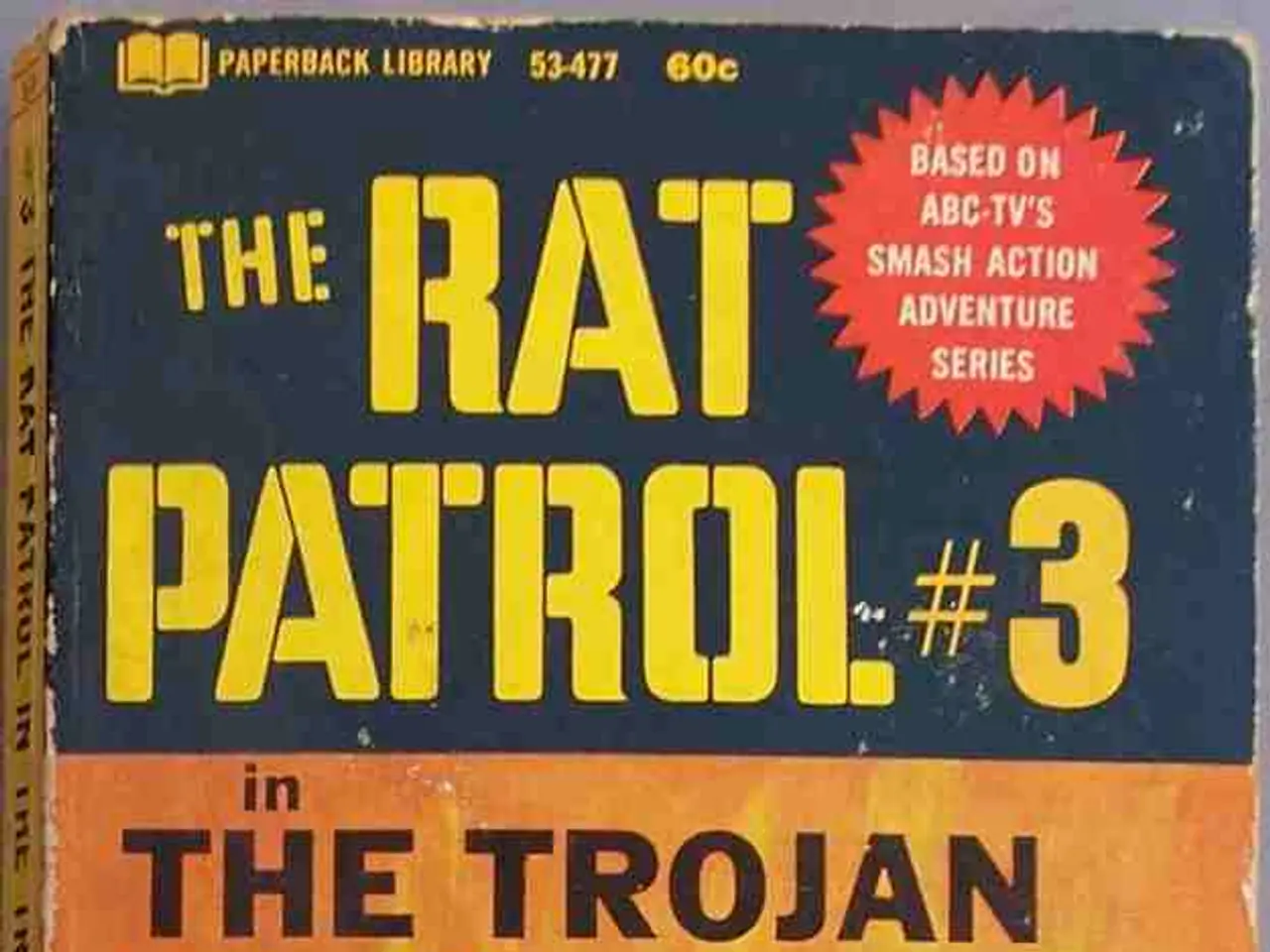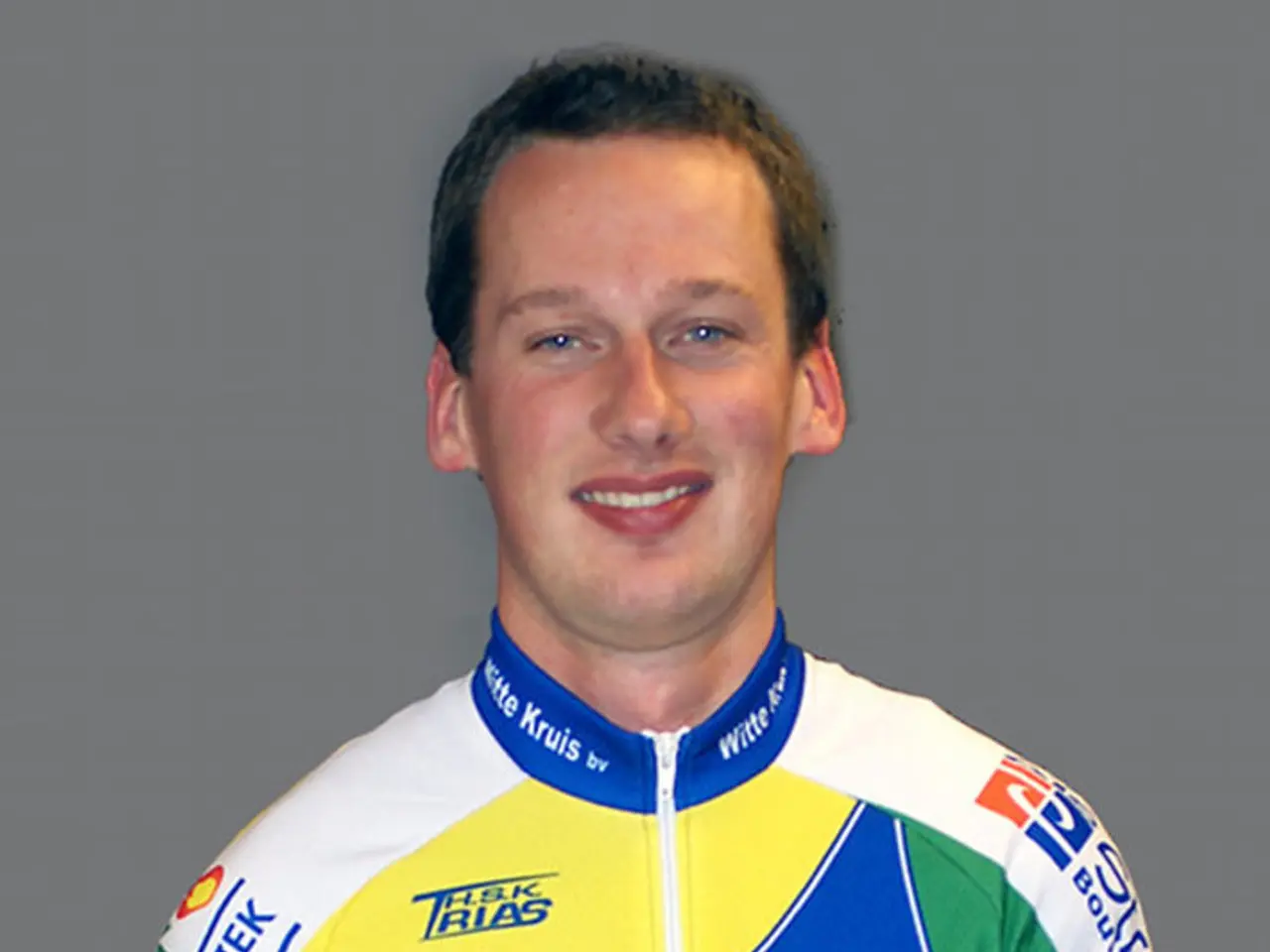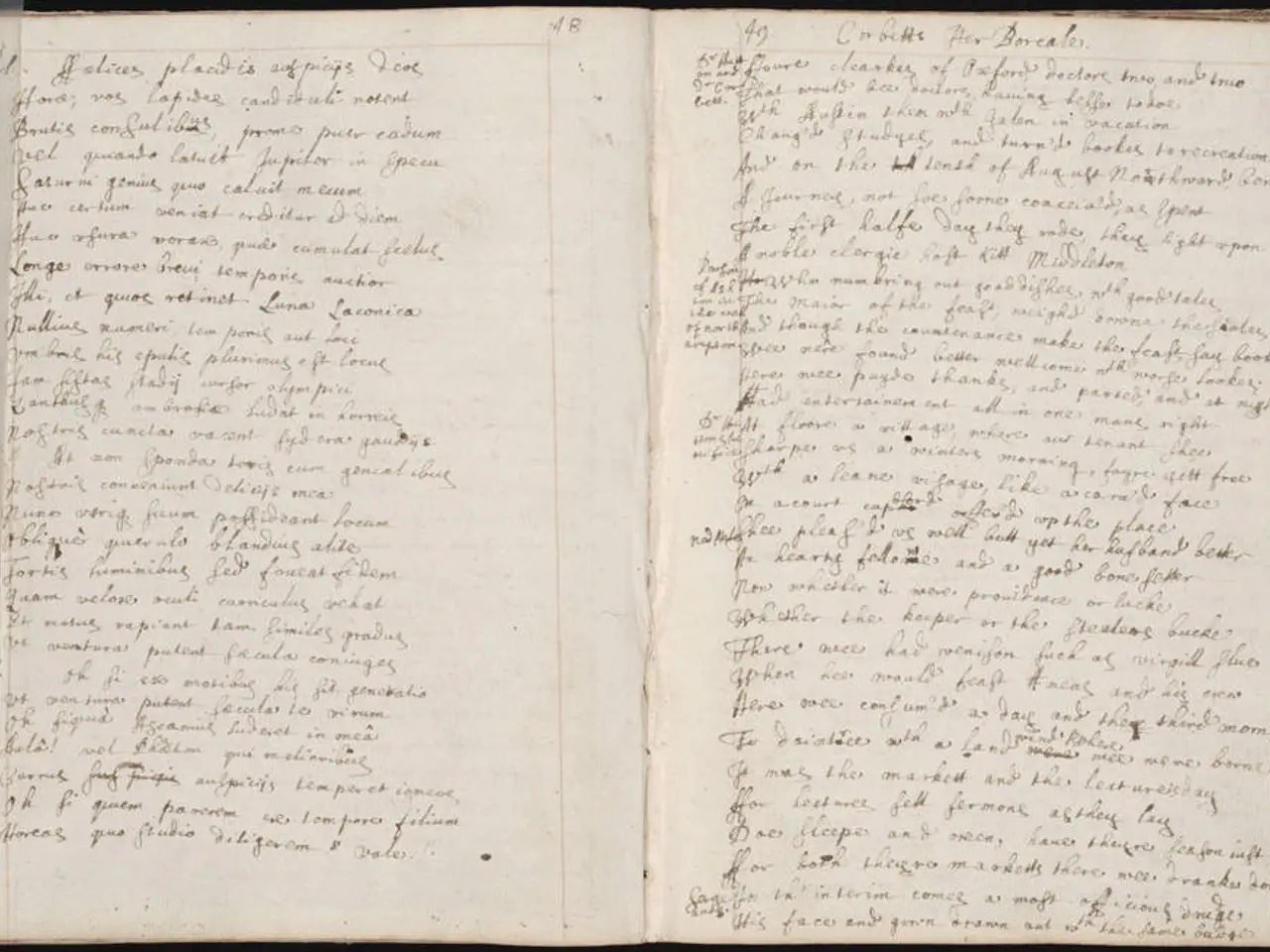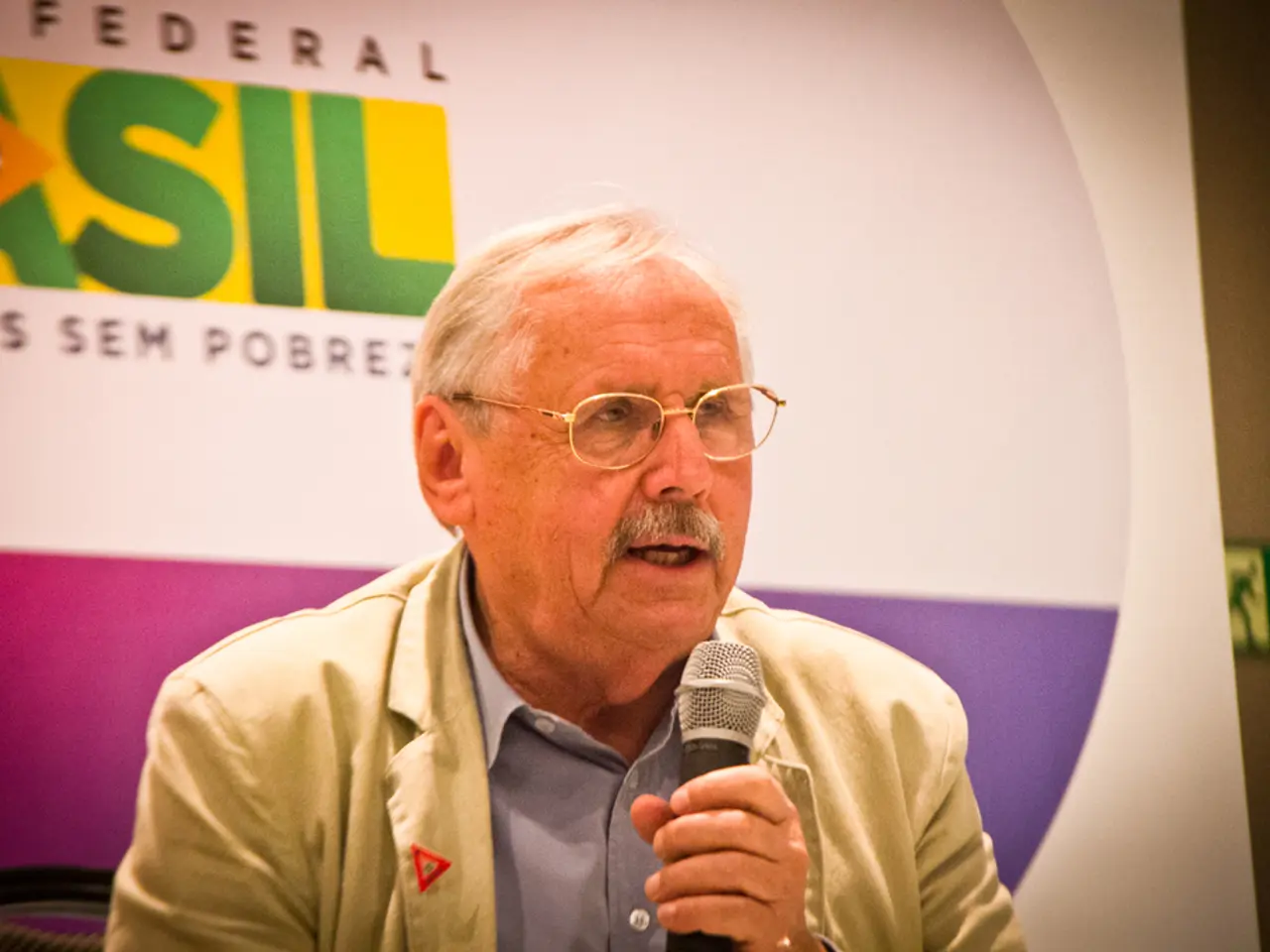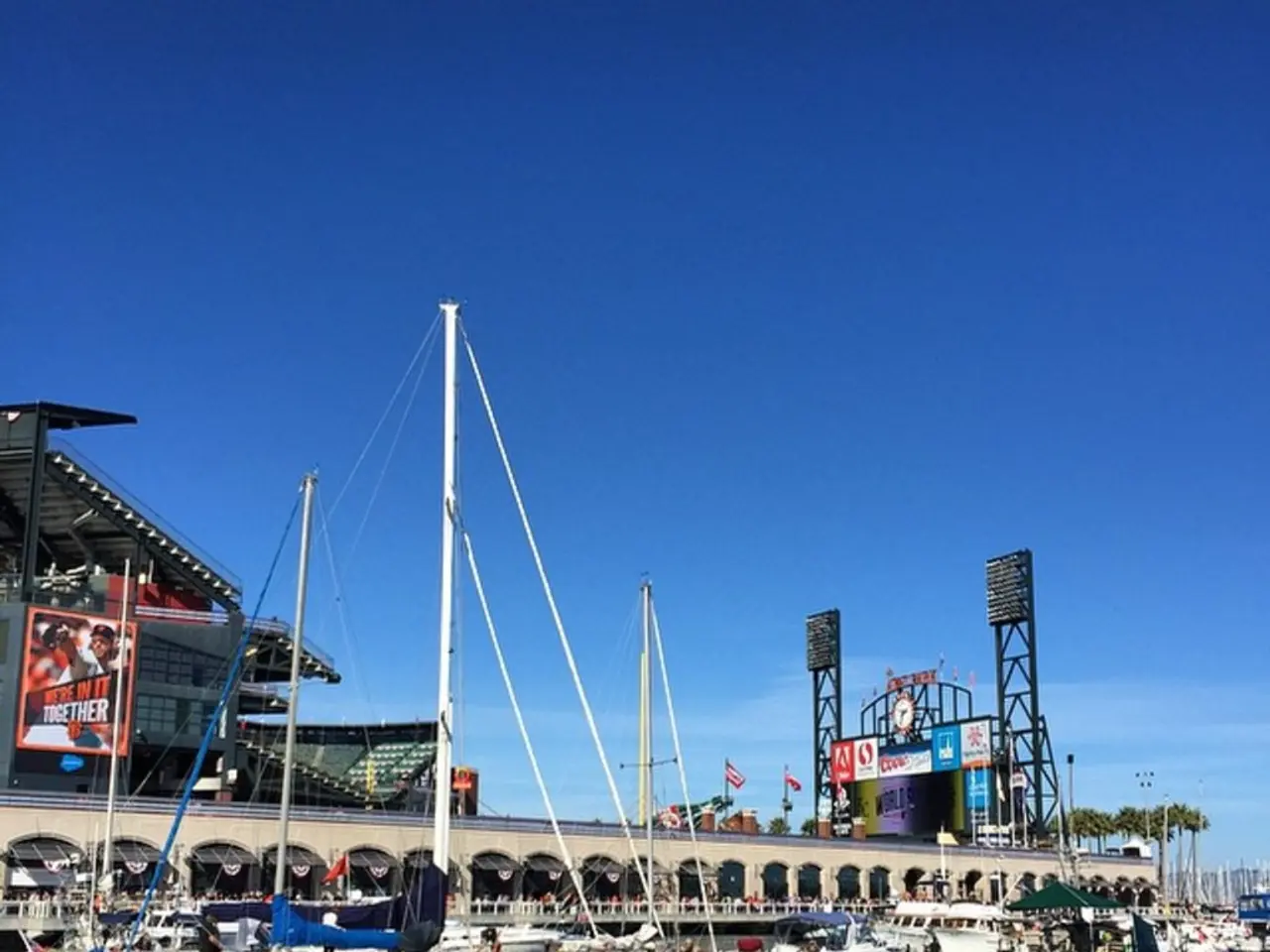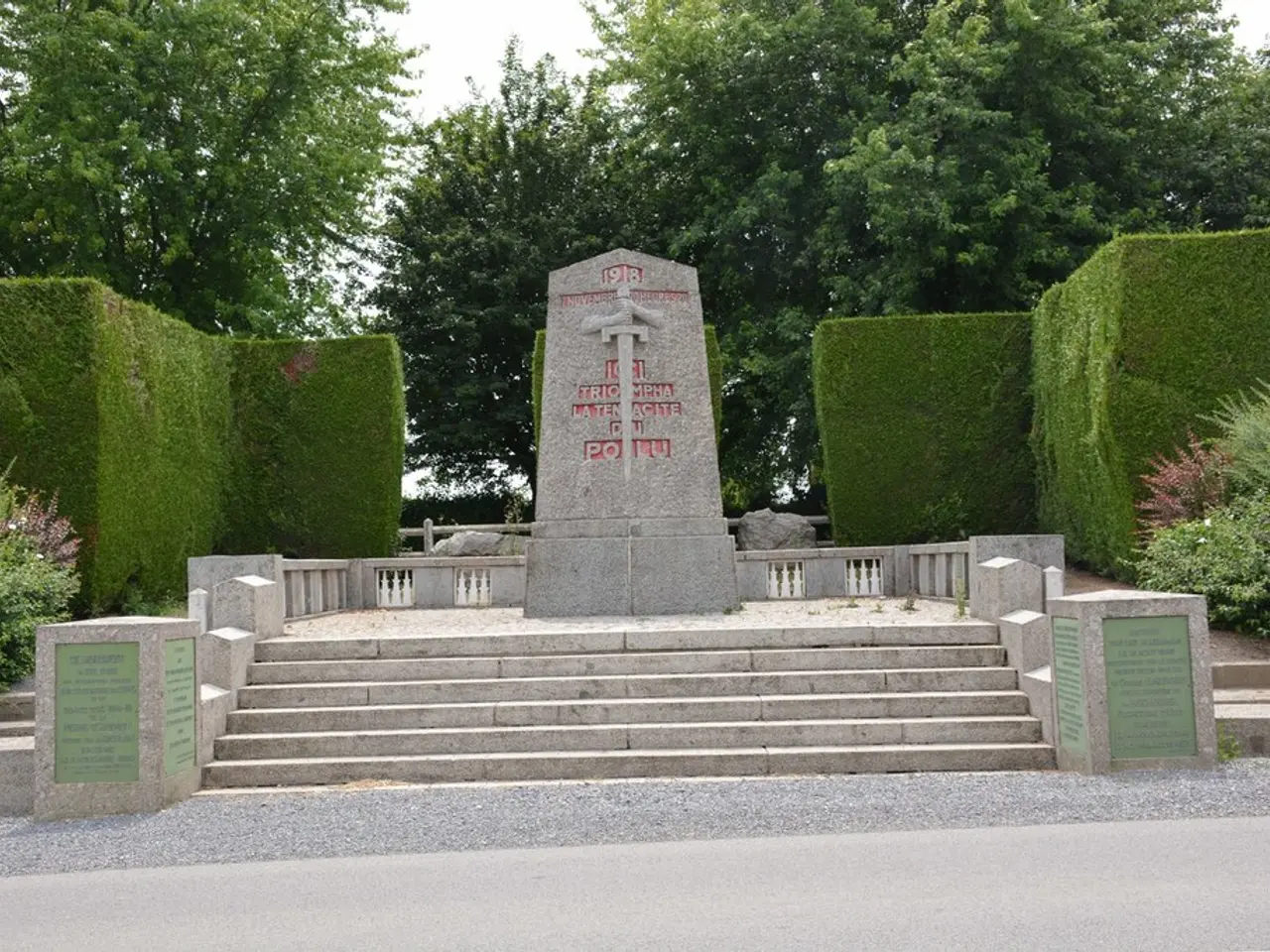Liberation Celebration Dance, Landeck (Revisiting Schwaz's Past), May 20th, 1945
In the heart of the Tyrolean region of Austria, a unique celebration took place on May 5, 1945, marking a significant moment in the aftermath of World War II. Pfc. William Murray, a soldier from the U.S. troops, was an eyewitness to this heartwarming event.
Pfc. Murray, in an interview for the "Veterans History Project" of the Library of Congress, recalled opening the gate of a forced labor camp in Schwaz. Upon his arrival, he was greeted with enthusiasm by the freed prisoners who, in their jubilation, grabbed and threw him up in the air.
The dance that followed was a testament to the joy and relief felt by the former prisoners. It was an expression of their newfound freedom, as they were soon to return to Russia. The celebration was a happy community event, a moment of normalcy amidst the trauma of war and captivity.
The dance took place in a camp set up by the 44th Infantry Division. The people inside the camp had promised a celebration in two days, and they had invited Pfc. Murray to attend. The camp, it seemed, was a temporary shelter for the former forced laborers and prisoners of war, who were to be cared for by the mayors of the respective communities until their repatriation.
This dance celebration was part of a series of events documented under the overview "Stories". Dancing was a common form of emotional expression and cultural preservation for survivors in displaced persons (DP) camps across Austria. Specific DP camps, such as Föhrenwald (although it was in Germany), are noted for having hosted cultural events for Holocaust survivors and displaced persons. It is reasonable to infer that similar activities occurred in Austrian camps, including those in Tyrol.
However, a detailed historical account specifically about dance celebrations by former forced laborers and prisoners of war in displaced persons camps in the Tyrolean region of Austria after liberation by U.S. troops is not readily available. Specialised archival research, survivor testimonies, or academic studies on postwar displaced persons in Austrian camps would be necessary to uncover more about these specific events.
A photograph from this celebration in Landeck shows former forced laborers and prisoners of war from the Soviet Union dancing in the camp. The image captures the spirit of joy and camaraderie that filled the air that day, a testament to the resilience and determination of these individuals in the face of adversity.
The dance in Landeck serves as a poignant reminder of the human spirit's ability to find joy and hope even in the darkest of times. It is a story of freedom, community, and the indomitable human will to celebrate life.
- Despite the hardships and trauma experienced during their captivity, the former prisoners in Landeck, Austria celebrated with a dance, demonstrating the human spirit's resilience and desire for joy, even in the aftermath of World War II.
- Interestingly, dance was a common form of emotional expression and cultural preservation in displaced persons (DP) camps across Austria. This tradition can be traced to events like the dance celebration in Landeck, which was a testament to the spirit of community and freedom among former forced laborers and prisoners of war.
